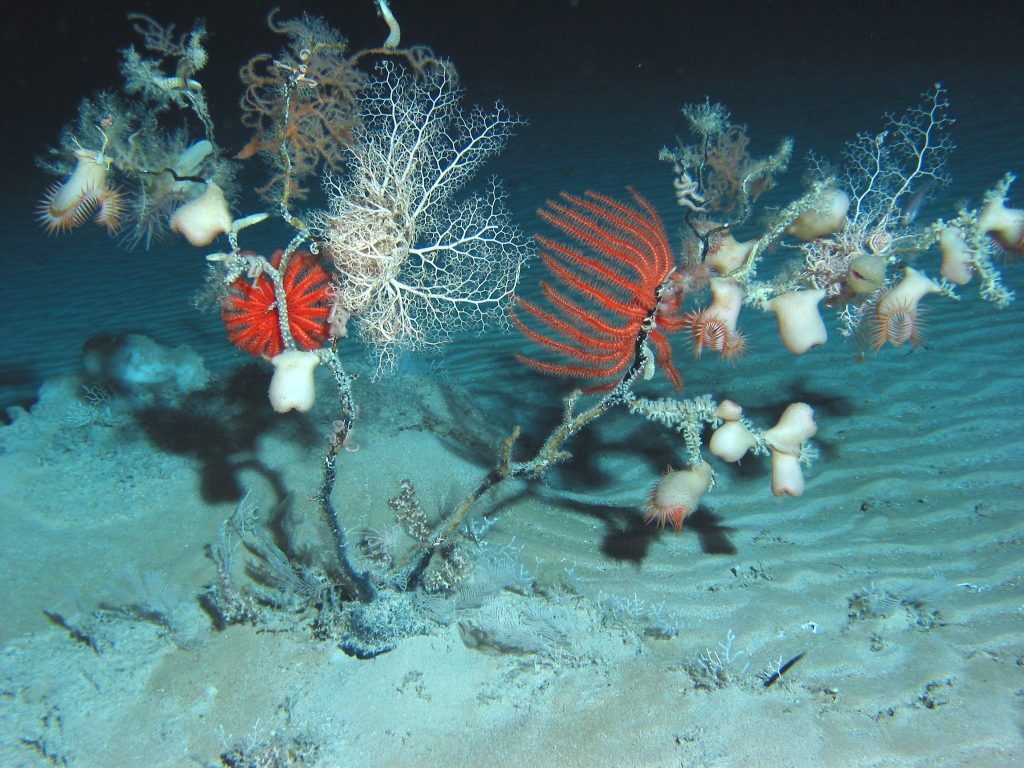Many frogs all over the world are in danger of extinction, but scientists have strategies to try and prevent mass extinctions. Conservation translocation—movement of animals from one place to another—is one such strategy. For instance, animals bred in captivity can be released into the wild to repopulate areas where they have gone extinct. In addition, technologies such as cryopreservation that are often used in in vitro fertilization in human reproduction, can also be employed for conservation.
Translocation can potentially be combined with cryopreservation strategies involving frog sperm. Sperm or eggs can be frozen, stored for long periods of time, and thawed when needed to create new offspring. This method can be used to preserve valuable genetic material from threatened species.
However, there is no information on whether this method works in the wild for frogs. A group of us from the Memphis Zoo and Oregon State University set out to answer the question: can frogs produced from cryopreserved sperm be used to create new and healthy populations in the wild?

We conducted the first part of the research project in a laboratory. We captured and bred Fowler’s toads (a species of frog that lives in the United States) either naturally or through in vitro fertilization using cryopreserved sperm. Both groups of tadpoles, ‘natural-bred’ and ‘cryo-bred’, were hatched in the lab.
We then moved our study to a natural pond. We released tadpoles into enclosures within the pond and monitored them every few days by measuring their length to track how fast they were growing. These repeated measurements allowed us to compare growth and body size for the natural-bred and cryo-bred tadpoles.

For the final part of the study, we used mathematical modeling to make predictions about population growth. In real life, it is difficult or impossible to follow millions of tadpoles into their adulthood and determine whether they can produce healthy populations in the wild. This would take decades of research. Instead, mathematical models can take the difference in tadpole sizes between natural-bred and cryo-bred frogs and estimate what could happen to the population several decades into the future.

After completing this project and analysis, we first found out that tadpoles that hatch by cryopreservation do not grow as quickly as naturally bred tadpoles. This finding means that some aspects of the freezing and thawing process created tadpoles that grow slower than natural-bred tadpoles, which then results in smaller juvenile frogs. Being too small is not ideal for any frog and its future offspring. Smaller frogs do not survive as well in the wild. They are more likely to be eaten by predators and grow more slowly in their adult lives. They also produce fewer offspring for future generations.

One thing we were unsure of, was if the smaller toad sizes would be passed onto the offspring or if it is simply a result of the cryopreservation. Using our mathematical model, we could compare what happens to populations of translocated frogs if they are cryo-bred and the small size is passed on to its offspring, cryo-bred but the small size is not passed on, or natural-bred with no change in size. We found that if the small size caused by cryopreservation is passed on to future generations, then the smaller frogs cannot create a stable population in the wild and may go extinct. However, if the effects of cryopreservation are not passed down, the population can sustain itself, but will have a smaller population size as compared to the natural-bred frogs. This is a silver lining! From our study, we can suggest that conservation projects using cryopreservation may offset the smaller population size by simply translocating a higher number of tadpoles to begin with.
Cryopreservation is a promising tool, but we still have lots of work to do to make this work in the wild. Understanding exactly how cryopreservation impacts the growth of the species we are trying to save from extinction will be essential to making those efforts more successful.
Further reading:
Poo, S., A. Bogisich, M. Mack, B. K. Lynn and A. Devan-Song. 2022. Post-release comparisons of amphibian growth reveal challenges with sperm cryopreservation as a conservation tool. Conservation science and practice 4(1): e572.






